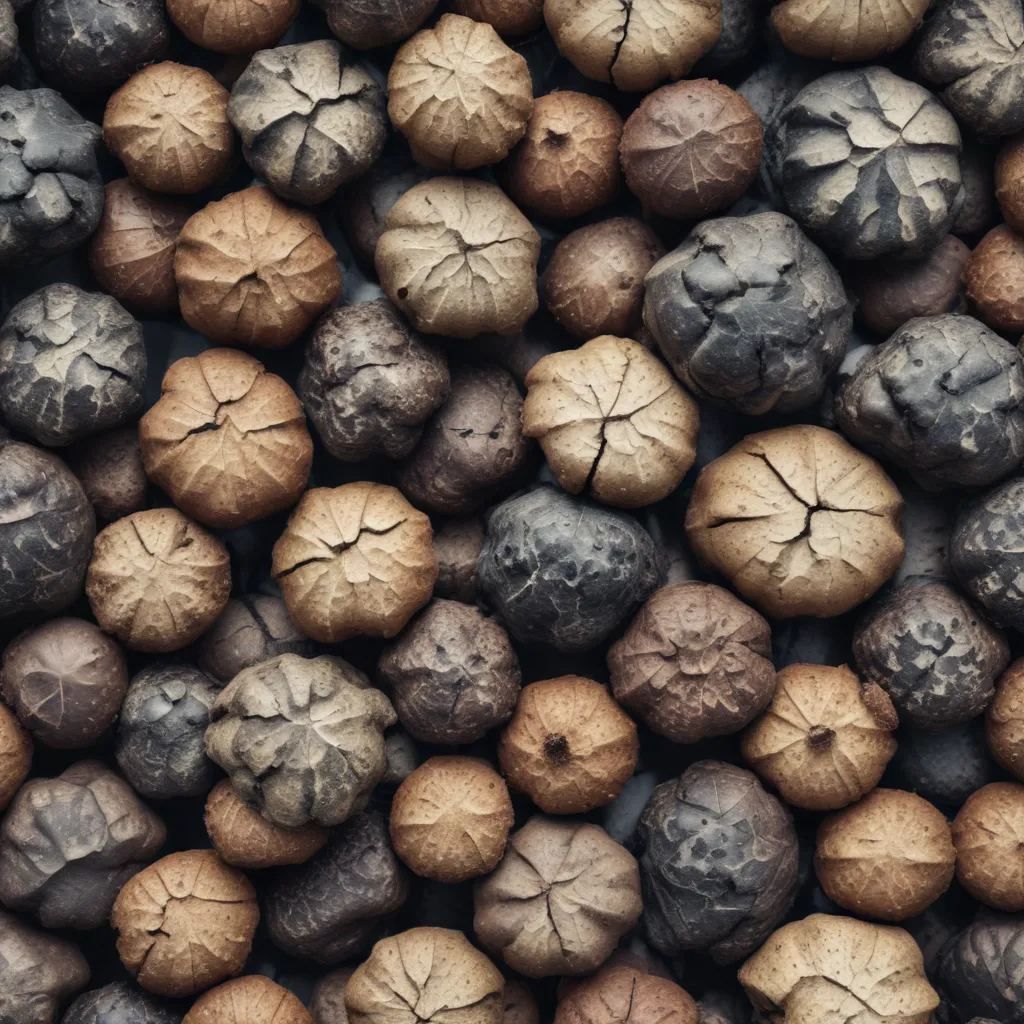
As a hospitality and wine expert at the Wine Garden Inn, I’m often asked about the remarkable differences in wine from year to year, even from the same vineyard. This phenomenon, known as vintage variation, is a captivating aspect of the wine world that reveals the profound connection between wine and its natural environment.
Factors Influencing Vintage Variation
At the heart of vintage variation lies the profound influence of climate. Weather patterns, from temperature to precipitation, can vary significantly from one year to the next, leaving an indelible mark on the grapes and, ultimately, the wine. A warmer growing season, for instance, may result in grapes with higher sugar content, leading to a wine with increased alcohol levels and richer, more concentrated flavors. Conversely, a cooler year can produce wines with higher acidity and more restrained fruit characteristics.
But temperature is not the only climatic factor at play. Rainfall, or the lack thereof, can also profoundly impact the vintage. Dry conditions can stress the vines, leading to smaller berries with more intense flavors, while excess moisture can dilute the grapes and hinder ripening. The timing of these weather events is also crucial, as they can affect the delicate stages of bud break, flowering, veraison, and ultimately, the harvest.
Beneath the surface, the soil conditions of the vineyard play a significant role in vintage variation. The unique combination of soil type, mineral content, and drainage characteristics can either amplify or mitigate the effects of the growing season’s weather patterns. A vineyard with well-draining, nutrient-rich soil may be better equipped to withstand a drought, while a site with heavier, clay-based soil may struggle to provide adequate moisture in a wet year.
Grape Growing Conditions
These climatic and soil factors directly impact the grape growing cycle, shaping the characteristics of the fruit and, in turn, the wine. In a warm, dry year, the vines may experience an early bud break, leading to a compressed growing season and potentially earlier harvest timing. This can result in grapes with higher sugar levels, thicker skins, and more concentrated flavors.
Conversely, a cooler, wetter season may delay bud break and slow the progression of veraison, the onset of grape ripening. This can lead to grapes that retain higher acidity and develop more nuanced, aromatic profiles. The challenge for winemakers in these variable conditions is to find the optimal harvest window, balancing sugar levels, acidity, and phenolic ripeness to craft the most harmonious wines.
Impact on Wine Production
The influence of climate and vintage variation extends far beyond the vineyard, profoundly shaping the characteristics of the final wine. In a ripe, concentrated vintage, the resulting wines may exhibit deeper color, fuller body, and more pronounced flavors of ripe fruit, spice, or even oak. On the other hand, a cooler, more structured vintage may produce wines with brighter acidity, more prominent tannins, and a greater emphasis on fresh, herbaceous notes or subtle minerality.
For winemakers, the task of maintaining vintage consistency in the face of these variable conditions requires a deft touch and a deep understanding of their terroir. Skilled producers may need to make adjustments to their winemaking techniques, such as altering fermentation processes, blending decisions, or the use of oak aging, to ensure the wines retain their signature style and quality, even in challenging years.
Geographical Considerations
Vintage variation is not a phenomenon exclusive to any one wine region; it is a global reality that wine enthusiasts must navigate. However, the degree of variation can be greatly influenced by the geographical location of the vineyard.
In Old World regions like Bordeaux or Burgundy, where the climate is generally more temperate and predictable, vintage variation may be subtler and more nuanced, with the expression of terroir often taking center stage. Conversely, in many New World regions, where the climate can be more extreme and unpredictable, vintage variation may be more pronounced, with each year offering a distinct flavor profile and character.
Within these broader regional patterns, microclimates can also play a significant role, with neighboring vineyards sometimes experiencing vastly different growing conditions due to factors like elevation, aspect, or proximity to bodies of water. Understanding these geographical nuances is crucial for sommeliers and wine enthusiasts alike, as it helps inform their expectations and appreciation of a wine’s vintage expression.
Consumer Preferences
For wine consumers, the topic of vintage variation can be a double-edged sword. On one hand, the scarcity and perceived quality of certain vintages can drive up demand and desirability, leading to increased prices and the thrill of the hunt for rare bottles. On the other hand, the variability in a wine’s characteristics from year to year can present a challenge for those seeking consistency in their favorite labels.
Savvy sommeliers and wine retailers have learned to navigate this terrain, educating their customers on the vintage dating and guiding them towards the most suitable options based on their personal preferences. By highlighting the unique stories and characteristics of each vintage, they can transform the potential uncertainty into an opportunity for exploration and discovery, inviting wine lovers to embark on a journey of sensory delight.
As a hospitality and wine expert at the Wine Garden Inn, I’m constantly in awe of the profound impact that climate and vintage variation have on the wines we offer. Each year, we eagerly await the arrival of new vintages, knowing that they will each present their own unique symphony of flavors, aromas, and textures. It is this very diversity that makes the world of wine so endlessly fascinating, and we are excited to share these discoveries with our guests, guiding them through the nuances of vintage variation and the captivating tales that each bottle holds.
To explore the impact of climate on vintage variation firsthand, I encourage you to visit the Wine Garden Inn and inquire about our vertical tasting experiences. Allow us to take you on a journey through time, where each sip unveils the intricate relationship between nature, human ingenuity, and the ever-evolving art of winemaking.
